The town of Corowa in regional New South Wales has proven to be the ideal base for Regional Design Service – an architecture studio that delivers meaningful, sustainable design outcomes and strategies for Australia’s rural and regional communities.
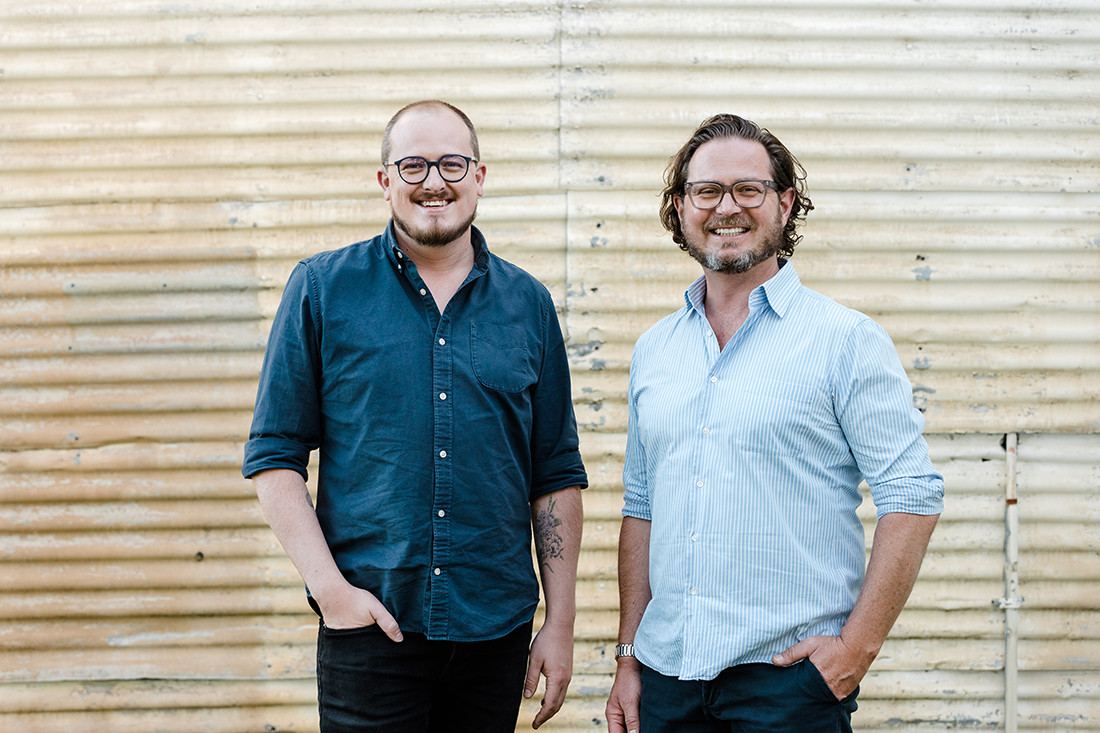
April 30th, 2020
The INDE.Awards celebrates the best in projects and practices across the region and our four Prodigies of 2020 are all truly outstanding. Each has an inspiring story to tell – who they are, how they came to design, why they chose their profession, and what working in the architecture and design community means to them.
Each story is unique as written by the architects and designers in their own words. It is a pleasure to share their journeys with you.
Here, Regional Design Service’s Design Director and architect Phillip Nielsen and Director of Business Aaron Nicholls tell us the story of how and why they created an architecture studio in an Australian country town.
We are enthusiastic storytellers. It’s this approach that informs and propels our practice. Delivering thought-provoking, innovative and sustainable design for rural and regional communities is a primary focus for the studio.
Prior to opening the business, Aaron worked globally with respected design institutions Vitra, Fritz Hansen and Herman Miller (and locally with Artemide, Dedece and Living Edge) presenting products and strategies that led markets, reinforced the importance of original design and clearly demonstrated the symbiosis between design and architecture. It was an exciting and unique ‘apprenticeship’, establishing irreplaceable disciplines, principles and networks.
Phillip’s design expertise evolved between Melbourne and Brisbane, with studios including HASSELL, Architects EAT and K.P.D.O. The opportunity to work on global, local, private and public projects fed a curiosity towards public perceptions of the built environment and the industry’s tenuous connection with the broader population.
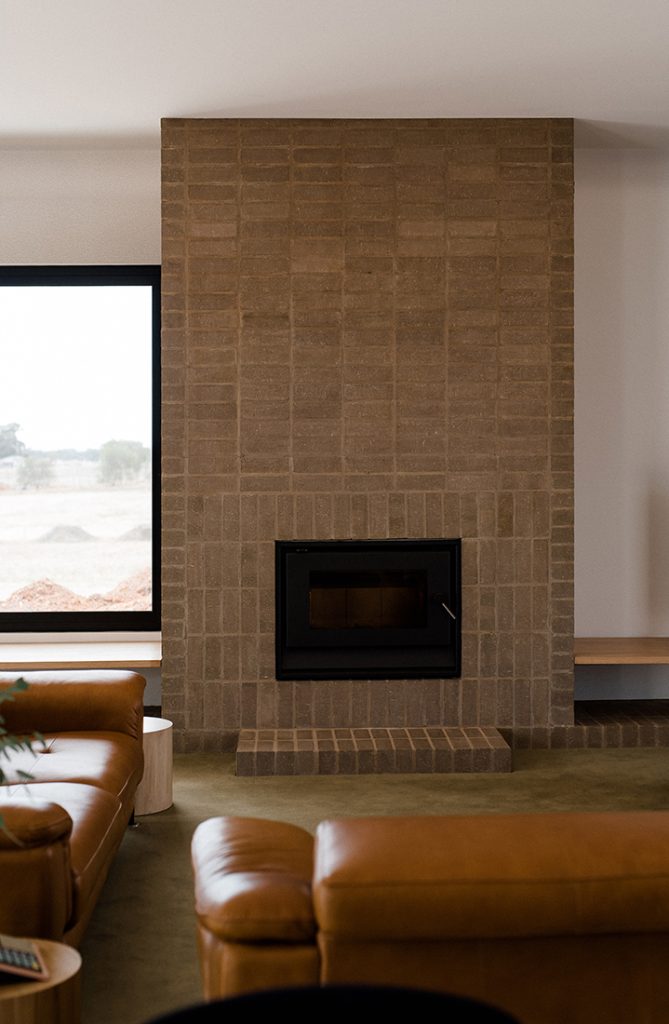
Wahgunyah House (2019). Photo by Georgie James
In 2017 we were both based in Melbourne and starting to explore opportunities to establish a design studio. An opportunity arose after reading about the Golf Club in Corowa (Aaron’s hometown), which was vying for Council Grant Funding to build a luxury cinema. Leading up to the March long weekend of that year (and intrigued by the potential) we contacted Council for a meeting to discuss the project. A date was set for the following Monday.
Armed with a killer pitch and a belief that regional communities should benefit from the same quality design as city dwellers, we presented to six Council representatives… and walked out with the cinema design brief, scope to undertake a main street revitalisation strategy, and another to review the potential of Council’s built assets.
Somewhat blown away with Council’s hospitality and genuine interest in supporting our ideas, Regional Design Service was born. Year one secured fifteen commissions, public and private, spanning five sectors.
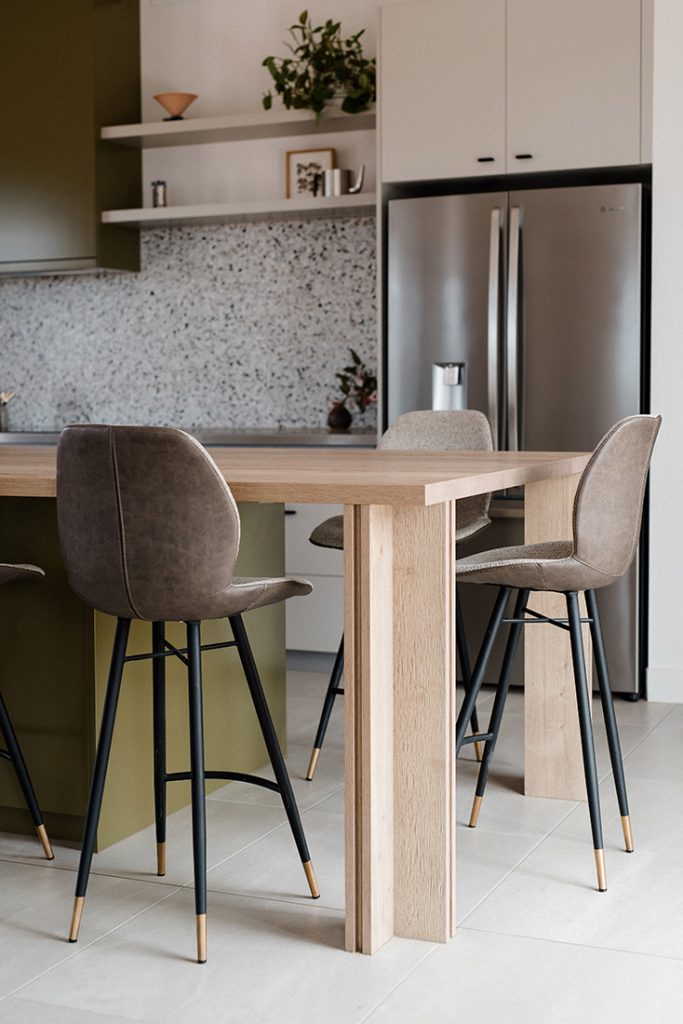
Wahgunyah House (2019). Photo by Georgie James
As a design studio, we’re driven to cultivate community awareness of design and how it can enrich all facets of rural and regional life. We place significant emphasis on actively engaging with a cross-section of community groups via delivery of events and exhibitions spanning themes ranging from movements in design, to ideas with landscape architecture. We’re passionate about education and advocacy, so our events focus on sharing the value, process and context of design.
We’re proud to assist community groups pro-bono with scoping grant proposals correctly and arming them with an understanding of current construction and professional services costs.
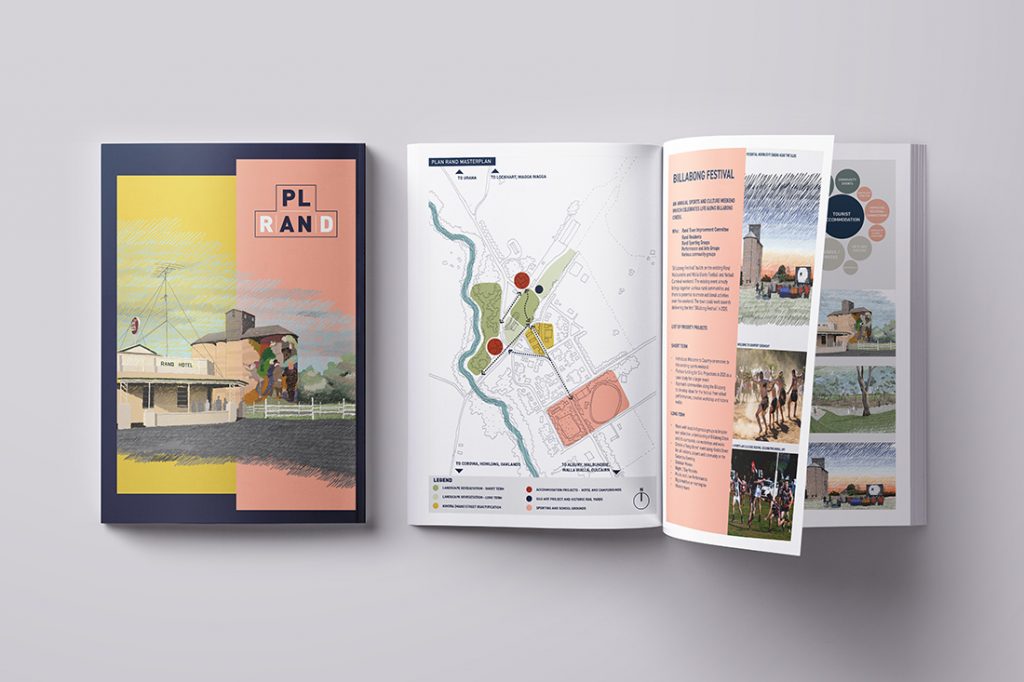
Plan Rand (2019, in collaboration with Studio Scerri). Photo by Regional Design Service
Many of our projects don’t result in ‘architecture’ per se. One of the primary outcomes (of the awarded) Plan Rand Master Plan was considering the appropriate site for an RV dump point for travellers – essential in a rural location.
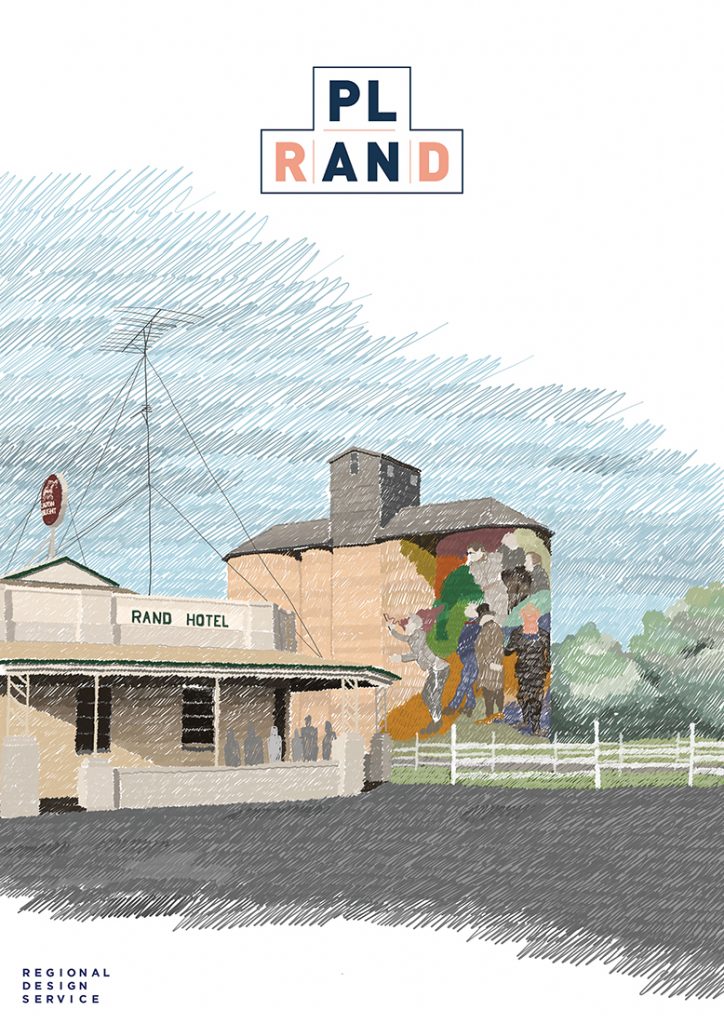
Plan Rand (2019, in collaboration with Studio Scerri). Photo by Regional Design Service
Another example is the highly successful Rural City of Wangaratta Rural Placemaking Project, which saw council almost double funding for rural townships in its care from $400,000 to $750,000 on the back of the project. One of the most meaningful project recommendations was to research and justify the construction of a public toilet for a highway-adjacent community, where travellers door knock looking for a bathroom.
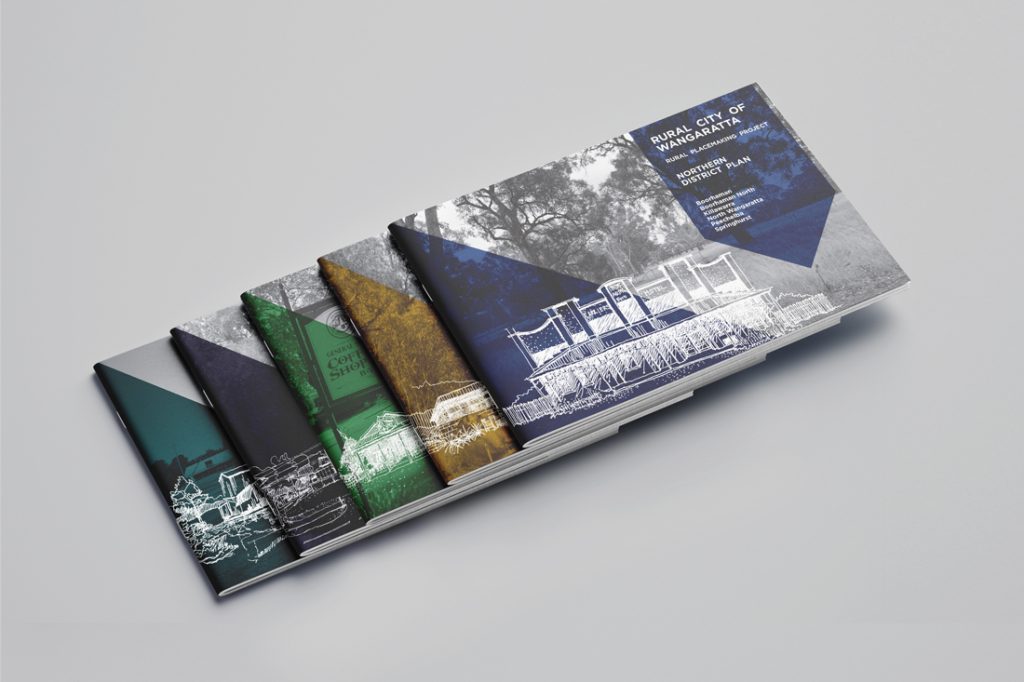
Rural City of Wangaratta – Rural Placemaking Project (2018, in collaboration with Projectura). Photo by Regional Design Service
We’re motivated to demonstrate that architecture and design have a crucial place in rural and regional Australia. We anticipate our practice will continue to establish its expertise in rural and regional planning for communities as small as 50, up to towns of 50,000 residents.
When we established Regional Design Service, many of our mentors and peers were aghast to hear of our plans to set up ‘in the bush’. They believed in the common misconception that there weren’t quality projects in the regions, that most had minimal budgets, limited opportunities, reduced liveability and… that we’d never be famous!
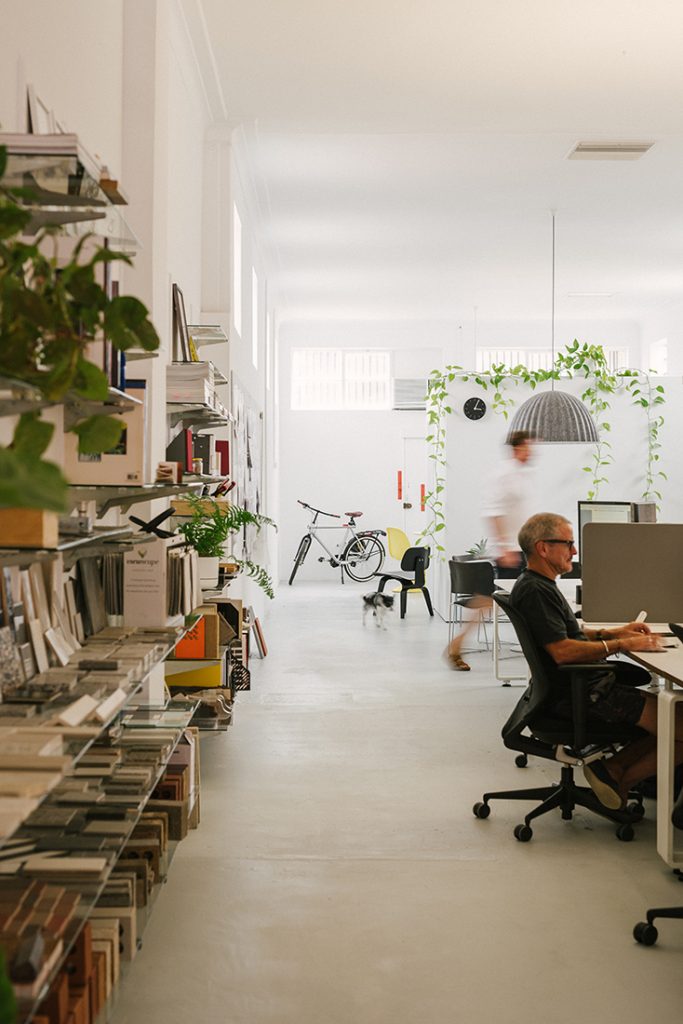
Regional Design Service studio and gallery (2019). Photo by Georgie James
Our new studio is also home to a gallery space, and while it is in its infancy, we are currently in the throes of programming the next 12 months of exhibitions, which include the work of designers, artists and even a composer who works on scores for Australian film and television. Our aim is for the gallery to evolve into one that celebrates creativity and engages young people to think about the variety of career opportunities in design. Our dream is to see the establishment of a regional Museum of Design that brings in exhibitions from other local and international institutions.
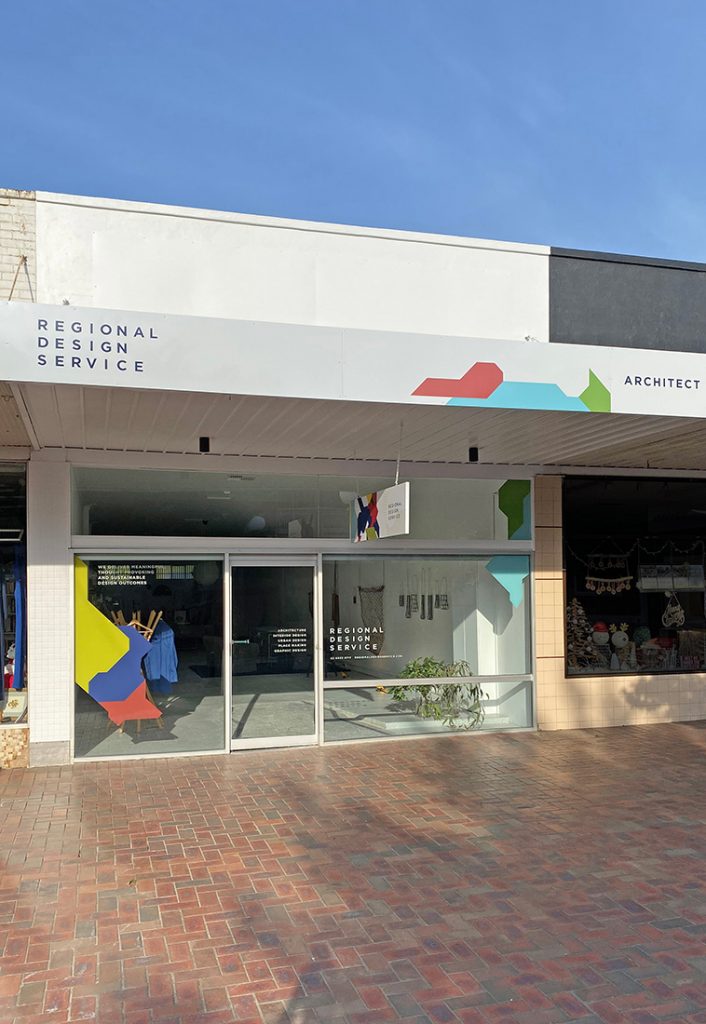
Regional Design Service studio and gallery (2019). Photo by Phillip Nielsen
For us, regional and rural progressiveness doesn’t look like ‘the Bilbao effect’; it’s about small, considered change that enriches community pride and ownership.
Two years ago, we were approached by a community group requiring assistance scoping a project to regenerate their township of 250 residents. We undertook a feasibility study, providing indicative costs for construction and the engagement of consultants. This highlighted their budget needed to double from $450,000 and allow for realistic consultant fees. Twelve months later, they secured funding and we were fortunate enough to be engaged to design the project – scheduled for completion this year.
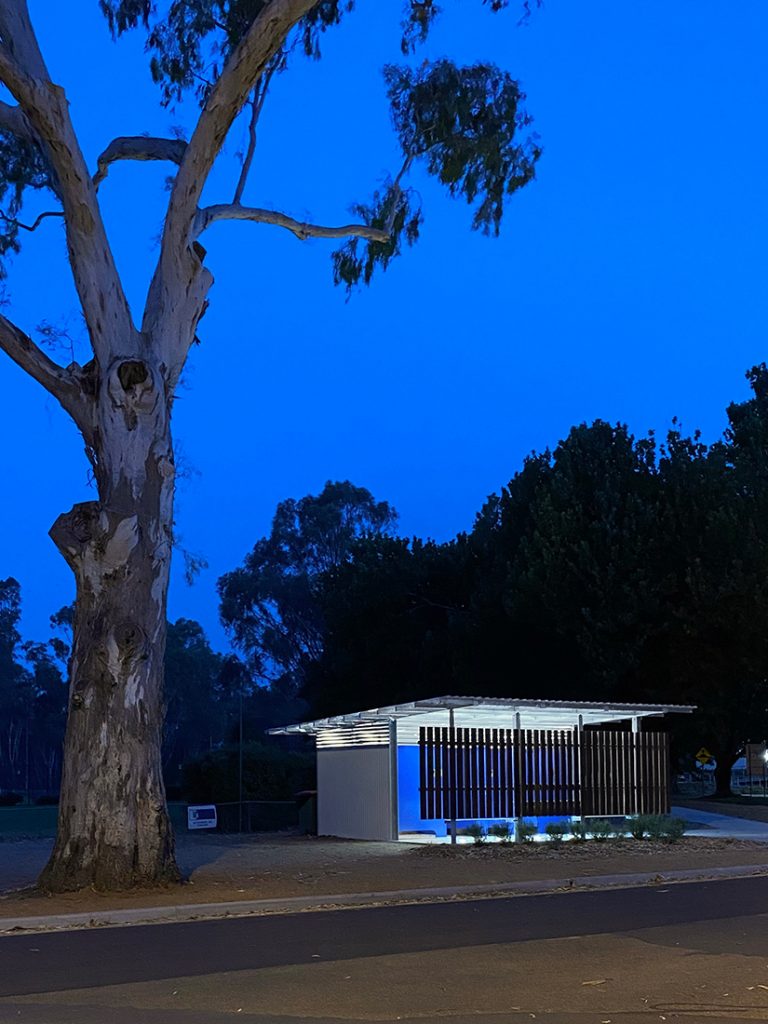
Bangerang Amenities (2019). Photo by Phillip Nielsen
What we learnt from this is that in rural areas, community groups often write and scope grant applications with little input from construction and design professionals. This means that when they finally secure funding, it’s usually insufficient to deliver positive outcomes – resulting in poorly delivered projects with short lifespans, impacting directly on community pride, sense of ownership and wellbeing.
Consequently, we’re strong advocates for more support being given to community groups to scope projects correctly from the outset. For us, progress means increased community collaboration, with more members engaging in conversations about their built environment – RV dump points and all!
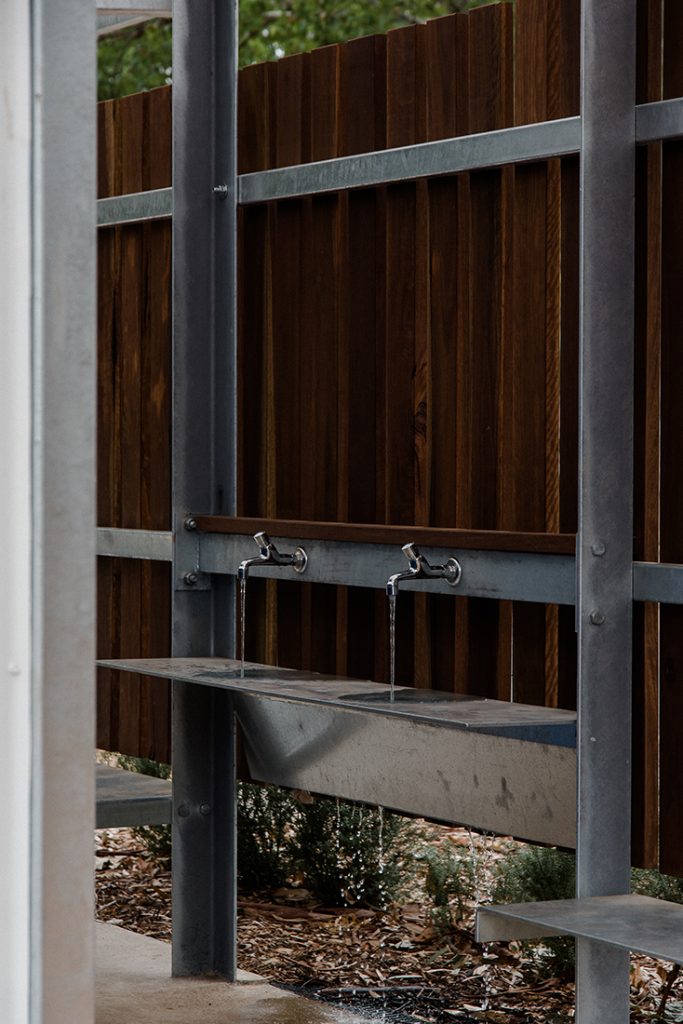
Bangerang Amenities (2019). Photo by Georgie James
We hope for strengthened connections between the user and our profession, and similarly, increased engagement of design professionals by local authorities in regional areas. Architects and designers may claim to understand user needs, but how can the user better understand architecture and design? We talk very well within the industry, but there’s always room to improve communication with the public.
Too often we witness delivery of substandard or ‘adequate’ projects to rural and regional communities, rather than those that engage and enable users – such as those we see in urban areas. This is because architecture is often designed and delivered to an engineering model, rather than one pertinent to the project at hand.
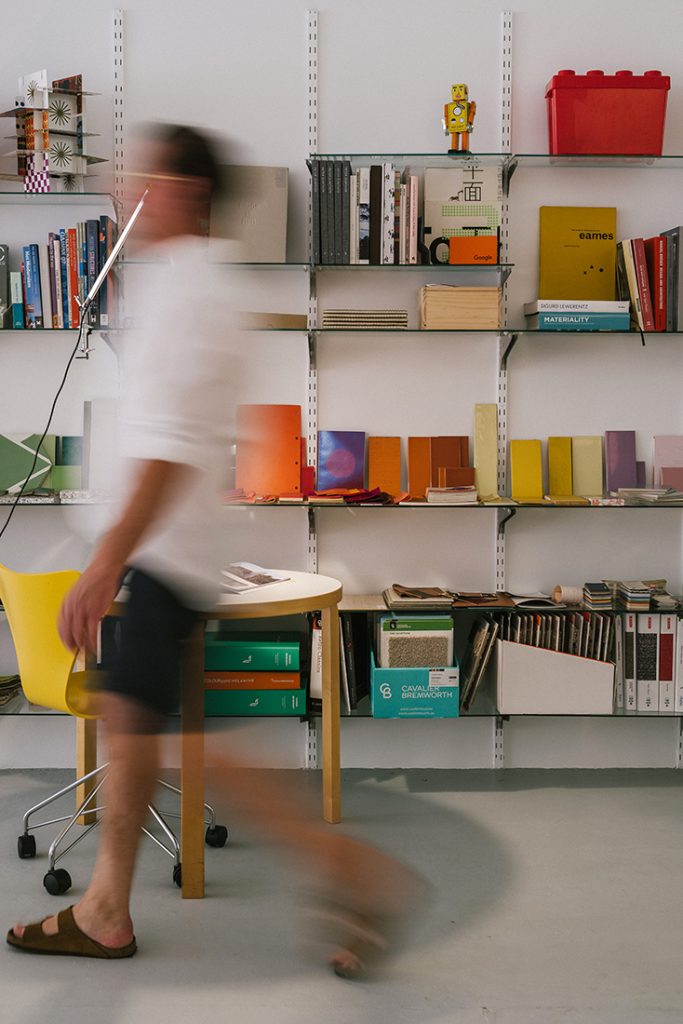
Regional Design Service studio and gallery (2019). Photo by Georgie James
Based on our experience of establishing a design studio in a country town, one of the most effective ways of enabling a community is showing presence, fronting up and having an open-door policy. Opening a studio in the main street of our town has demystified architecture and design for many, and indeed broken down some of the snobbery that this industry still carries. We hope other professionals wanting a ‘tree change’ see it as being more than just moving within a 100-kilometre radius of a major city.
Top image: (L-R) Phillip Nielsen and Aaron Nicholls. Photo by Georgie James.
A searchable and comprehensive guide for specifying leading products and their suppliers
Keep up to date with the latest and greatest from our industry BFF's!

Sub-Zero and Wolf’s prestigious Kitchen Design Contest (KDC) has celebrated the very best in kitchen innovation and aesthetics for three decades now. Recognising premier kitchen design professionals from around the globe, the KDC facilitates innovation, style and functionality that pushes boundaries.

The Sub-Zero Wolf showrooms in Sydney and Melbourne provide a creative experience unlike any other. Now showcasing all-new product ranges, the showrooms present a unique perspective on the future of kitchens, homes and lifestyles.

Channelling the enchanting ambience of the Caffè Greco in Rome, Budapest’s historic Gerbeaud, and Grossi Florentino in Melbourne, Ross Didier’s new collection evokes the designer’s affinity for café experience, while delivering refined seating for contemporary hospitality interiors.

Savage Design’s approach to understanding the relationship between design concepts and user experience, particularly with metalwork, transcends traditional boundaries, blending timeless craftsmanship with digital innovation to create enduring elegance in objects, furnishings, and door furniture.

We spoke with Tilt’s Managing and Creative Director about industrial design, innovative technology and wellbeing within education spaces.

Strategic partner to the INDE.Awards, the Image Makers Association Australia presents a curated offering from its I SHOT 23 exhibition at Craftworks and it’s guaranteed to be a thought-provoking feast for the eye.
The internet never sleeps! Here's the stuff you might have missed

We spoke with Jeffrey Wilkes of WILKESDESIGN about the John Portman-designed building, which has been infused with touches of local culture and colour.

The Australian Design Centre (ADC) this year celebrates 60 years! A series of events are coming up to mark the occasion.